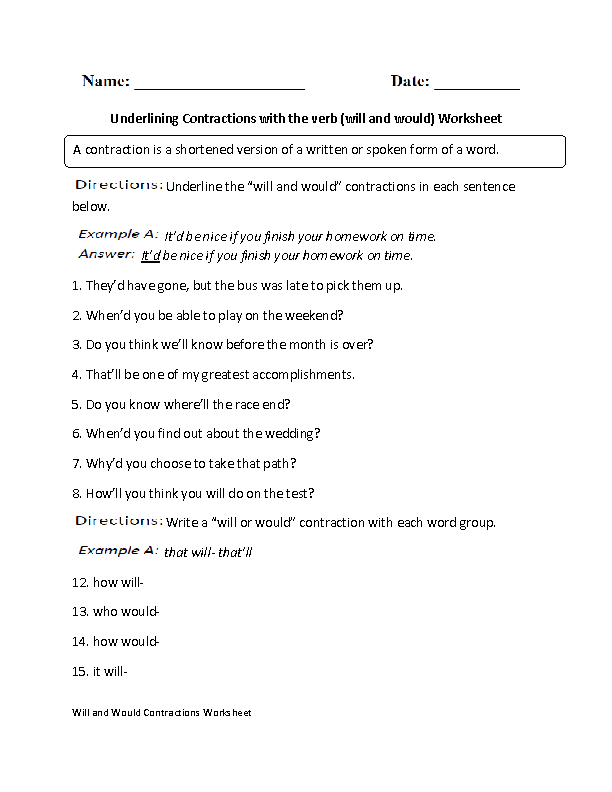
A country fireplace design is completed such that the house is given a really feel of the previous where wooden was still the main materials for building. Rustic mantels, as a part of total fireplace designs, obtain one thing – bringing country proper in a single’s very own home, thereby enhancing its total high quality. Your mantel and trim selection might have the greatest impression on the aesthetic design of your fireplace.
We now have a Seventies tract house but are in love with the Craftsman era and are slowly transforming our residence one room at a time as we can afford it. I do all of my own work and hold the whole lot on a low finances. A reworked fireside could be altered in dimension and height however should never be removed completely unless you’re planning on including a sealed fuel or electrical fireplace insert.
These particulars were all performed by my daughter, who owns the house, together with the selection and layout of the brand new tile surrounding the hearth. First off, electrical fireplaces are cheaper to install than traditional fireplaces, they are clean and maintenance free, they don’t require chimneys and they’re often moveable, so you …






